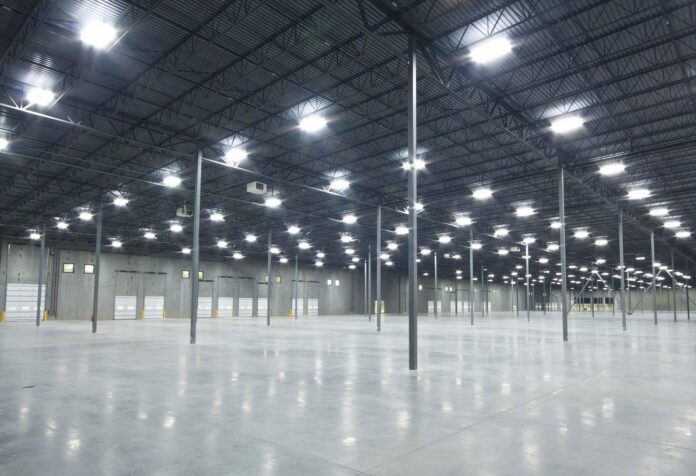
When incandescent light bulbs first came up as an idea in the 1800s, they quickly became the standard all over the world and in the 20th century, every home, market, car, and flashlight used this type of lighting. They are cheap to produce and require no complicated machinery to manufacture. However, incandescent light is the most inefficient method of producing light out of all the other options. This is where LEDs come in. They may not be cheap, but their efficiency and durability are what convinced the industrial world to switch over.
These days, every business in the industrial sector utilizes LEDs because anything else is either too expensive or inefficient. The price of one bulb might be expensive, but when in the long run, a business is able to save tons of money. And that is not the only benefit of LEDs.
To show the importance of industrial LED lighting, I decided to write this article and focus on all the major benefits. I hope that I will manage to cover the most important pieces of information on this topic.
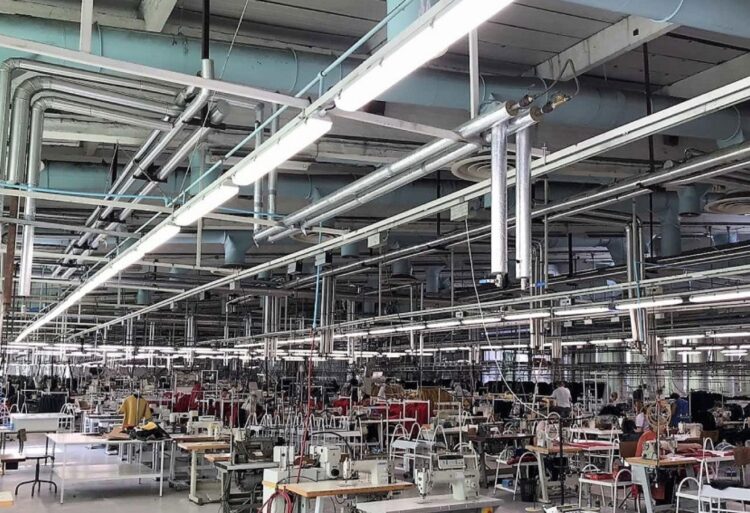
1. Long lifespan
One of the most obvious benefits of the LED technology is the fact that the bulbs have a very long lifespan. It is the type of lightbulb that can last longer than any other you can find on the market.
The average LED has a life span of around 50,000 hours. That is at least 50 times better than the incandescent bulbs that most people have at home. Those 50,000 hours amount to more than 60 months, or over five and a half years. That is a very long time even industrially. When you consider that a bulb does not always work 24/7, you can imagine just how long it can last. Some of them could work for ten years and more.
Keep in mind that this is the average life span. There are some diodes that could last up to 100,000 hours. That is really impressive.
It is important to mention that this is also considerably better than halogen or fluorescent too.

2. Low maintenance costs
The average life span of an incandescent bulb is anywhere between 700 and 2,000 hours. That is around a quarter of a year. So, in reality, it could last an entire year if used very irregularly. In other words, you would have to replace it quite regularly.
Now, let’s consider using such a bulb in the industrial sector. In one factory, there could easily be a hundred slots for bulbs to deliver proper lighting. Some larger ones could range to thousand or tens of thousands. Imagine having to replace every single one of them every 80 days or less. One hundred of them with the lowest price of around 70 cents. That’s easy $200 or $300 a year. In comparison, you would pay $1,000 for one hundred LEDs in just one year, but they would last for the next five years or a lot longer than that. It is ridiculous just how much money a business could save by making this kind of one-time investment.
However, to get the most out of your money, you should get reliable LED industrial lights ghv.de for optimal performance and energy efficiency.
But, the benefits and cost savings do not end there. We also have to consider the low energy consumption.
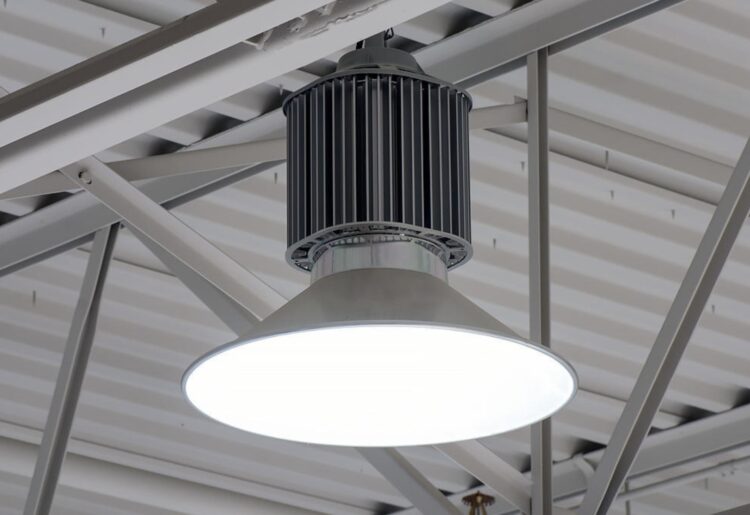
3. Energy consumption
Businesses in the industrial sector waste thousands or even millions of dollars every year on electricity. This is why so many companies are doing everything they can to cut down on unnecessary costs. But, achieving that is difficult, especially when certain machines can spend hundreds of kW in just a few hours.
Fortunately, this is where LEDs come into play. Light-emitting diodes are one of the most energy-efficient light bulbs that you can find on the market. These diodes utilize about 90% of the energy you send to it or even more while regular incandescent ones waste about 90% of the power and dissipate it into heat. That is why your room always feels warmer when you turn on the lights.
The average diode can spend around 14 watts per hour. Depending on its size, it could be even less. Some consume only around 4-5 watts. Compare that to the 90W, 100W, or even 150W incandescent bulbs. The difference is huge. What is even more impressive is the fact that LEDs can actually be brighter. Yes, at only 10 watts, they can shine brighter than those that run on 100W. That is probably why energy-efficiency is usually calculated with lumen per watt.
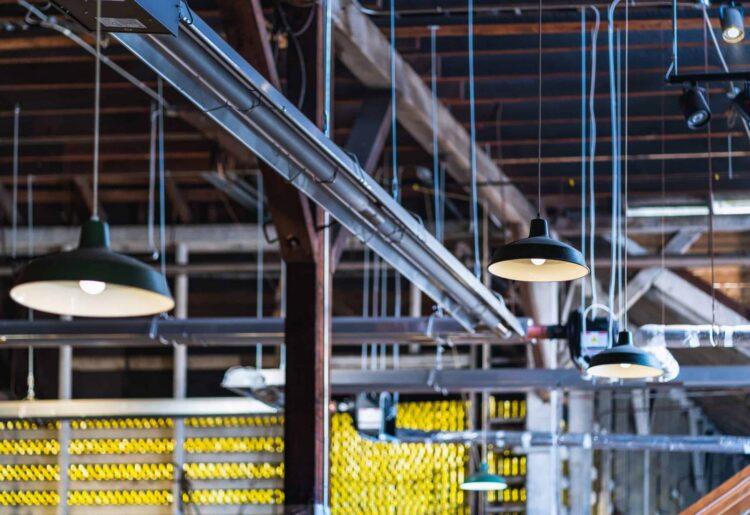
4. Safety
Every business owner or company has the obligation to ensure the safety and health of the employees. Believe it or not, but the lighting that you use has a great impact on that.
As I mentioned previously, traditional incandescent bulbs produce a lot of heat. Most of the energy they receive is produced into heat. In enclosed spaces or rooms with bad air circulation, the bulb can radiate quite a lot of heat in its surrounding area, considering that the filament inside heats up to 3000 degrees Celsius.
This poses a serious fire risk. Dry and flammable materials around such lighting could catch on fire. You must avoid such situations at all costs, otherwise, you might be putting the lives of your employees at a risk.
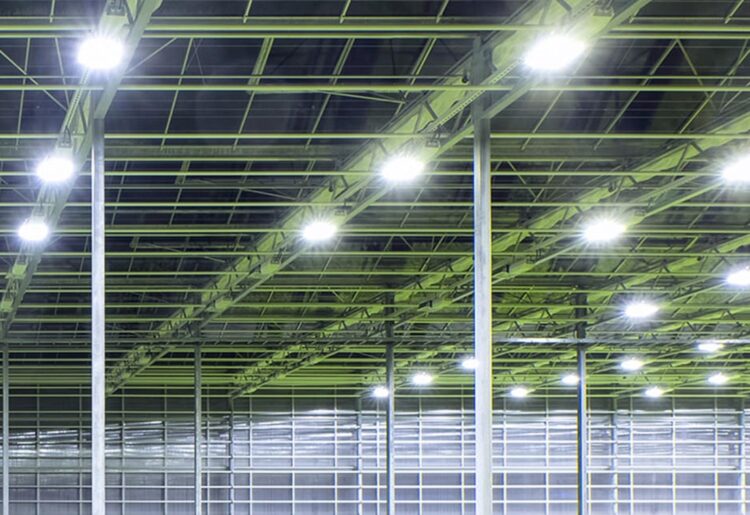
5. Smaller form-factor
What I find most impressive about LEDs is the fact that they can be small than a millimeter. That is probably why so many display manufacturers switched to this technology. You could put hundreds of diodes in a 20-inch monitor.
That smaller form-factor can also be appreciated in the industrial sector. Tiny light diodes could be installed in tight and enclosed spaces which is much better than the standard size bulbs that we are used to.
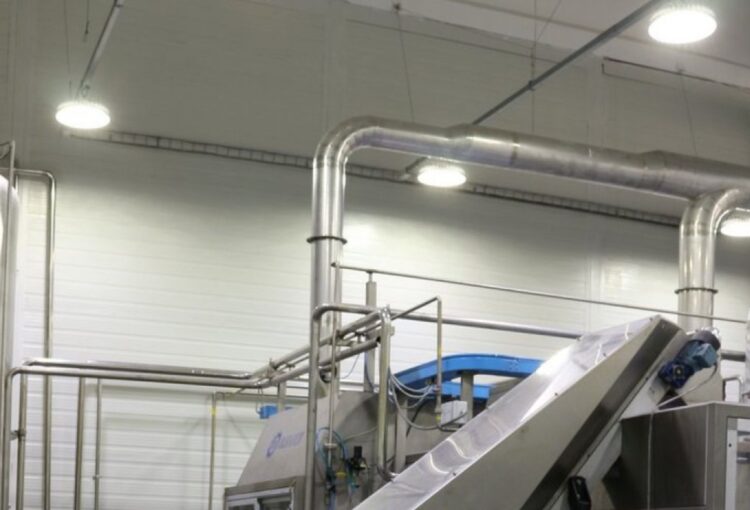
6. Range of color
This might not have a huge role in the industrial sector, but it is still worth mentioning. LEDs have the ability to emit light in a range of colors. With the use of red, green, and blue, they can achieve any color you want. This can be used for decorative and atmospheric purposes.
As you can see from all the points above, there are definitely some impressive benefits of industrial LEDs.











